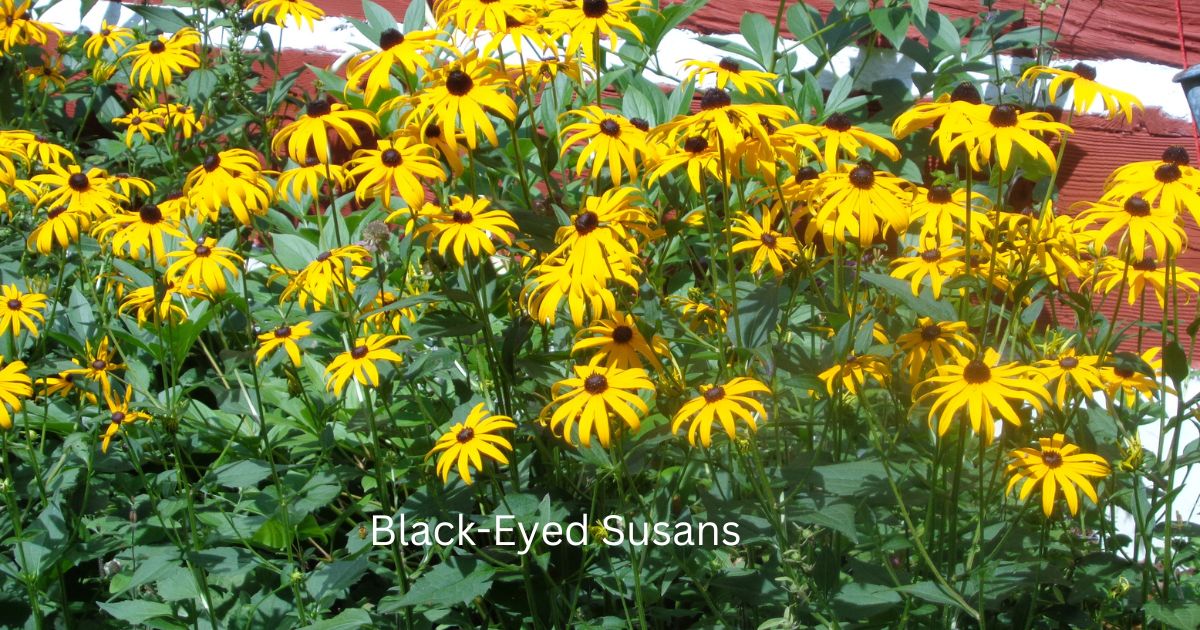Finding the perfect spot for your Black-Eyed Susans is crucial. These bright, cheerful flowers thrive in areas that get plenty of sunlight. Look for spots in your garden that receive at least six hours of direct sunlight each day. Full sun helps them produce those iconic golden blooms that can light up any landscape.
Soil quality is another key factor. Black-Eyed Susans aren’t too picky, but well-draining soil works best. Add a bit of compost before planting to give them a nutrient-rich start. They can handle a variety of soil types, just avoid areas with heavy clay or waterlogged grounds.
Spacing is essential for healthy growth. Give each plant about 18 inches to 2 feet of space. This helps reduce the risk of powdery mildew and allows for better air circulation, keeping your plants healthy and vibrant. Also, this spacing gives their roots room to spread out, leading to stronger plants overall.
When designing your garden, think about using Black-Eyed Susans as a border flower or as part of a wildflower mix for a natural look. Their bold color makes them a great centerpiece, but they also pair well with other hardy perennials like coneflowers and wild indigos. Mix and match to create a vibrant, diverse garden that supports local wildlife.
Caring for Black-Eyed Susans Through Their Blooming Season
Timing matters when it comes to Black-Eyed Susans. They typically bloom from early summer through fall, giving your garden a long-lasting splash of color. Depending on your local climate, you might see these flowers start blooming as early as June and continue until the first frost.
When it comes to watering, a good rule of thumb is about an inch of water per week. They’re fairly drought-tolerant once established, but regular watering during dry spells helps keep them looking their best. Watering at the base of the plant helps prevent disease.
Soil maintenance involves a bit of mulching. A layer of mulch around the base helps retain moisture and keeps weeds at bay. It also offers a bit of insulation for the roots, protecting them from extreme temperatures.
Deadheading is an essential task if you want to extend the blooming period. Snip off the faded flowers to encourage more blooms. This also helps keep the plant looking tidy. For perennials, cutting the plants back after the first frost can prepare them for the next growing season.
In terms of color varieties, you’ve got plenty of options. Black-Eyed Susans mostly come in shades of yellow, but you can also find varieties with orange and red hues. These different colors can create a stunning display when mixed together.

Dealing with Common Pests and Understanding the Plant’s Origin
Black-Eyed Susans, while relatively hardy, can still fall prey to a few common pests. Aphids, spider mites, and leafhoppers are some of the usual suspects. Look for small, discolored spots on the leaves, a sticky residue, or wilting stems as signs of an infestation. A strong blast of water from a hose often dislodges these pests, and for more persistent problems, neem oil or insecticidal soap can be effective.
Understanding the plant’s native habitat is crucial for providing the right care. Black-Eyed Susans are native to Eastern North America, thriving in prairies, meadows, and open woodlands. This background means they naturally adapt well to similar environments in your garden, preferring sunny, well-drained sites with moderate watering needs.
Sustainable, eco-friendly pest control methods are a win-win for you and your garden ecosystem. Encouraging natural predators like ladybugs and lacewings can reduce aphid populations. Planting companion plants such as marigolds can also deter pests. Keeping your plants healthy through proper spacing, watering, and pruning can make them less susceptible to attacks in the first place
This is a flower you will want to add to your gardens around your home, for its vibrant colors and beauty.
